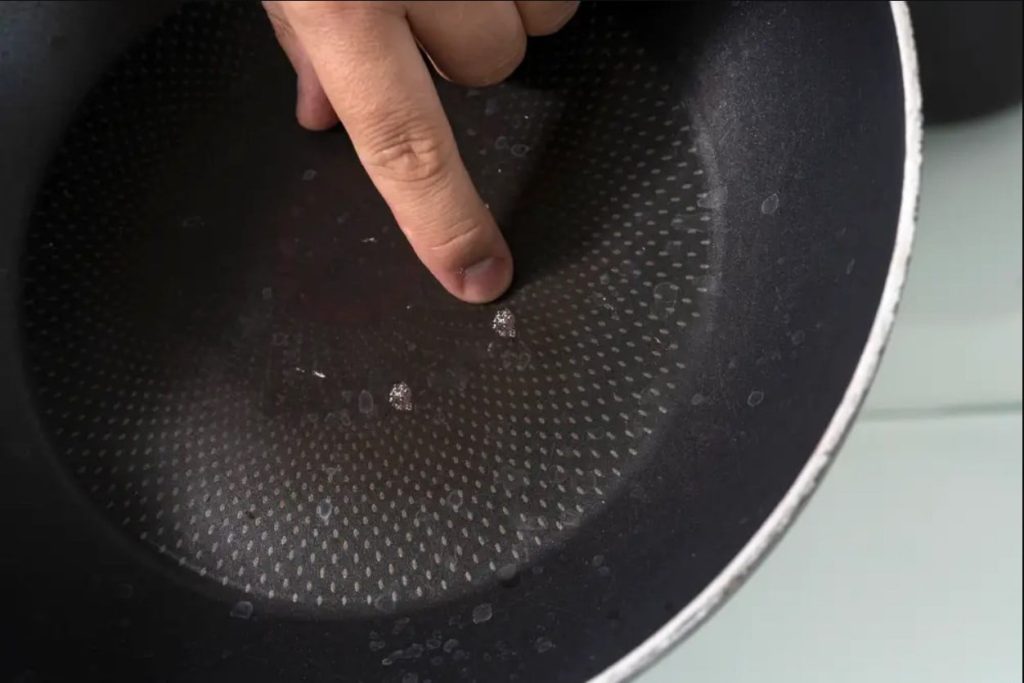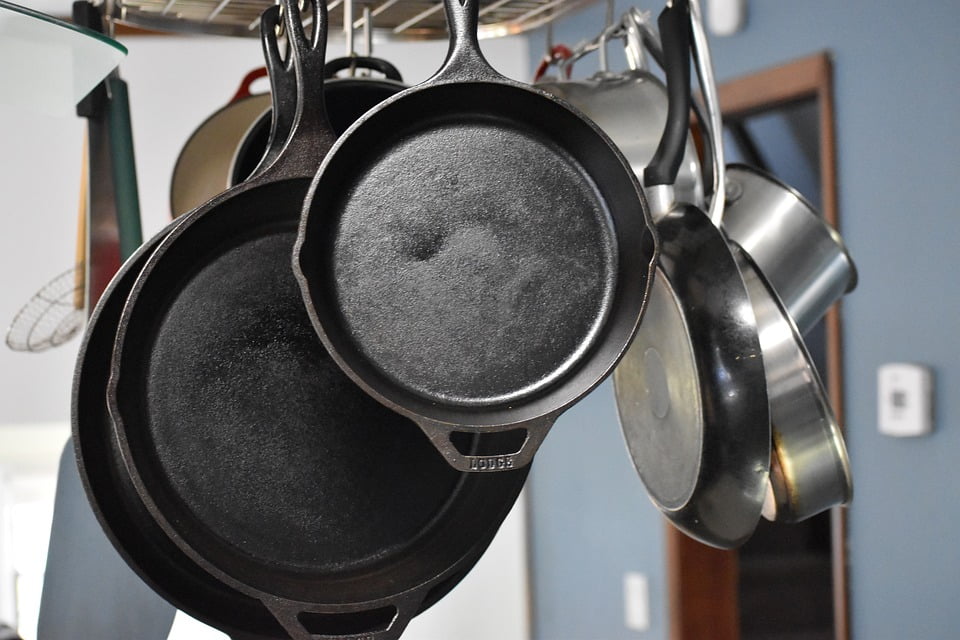Nonstick pans have gained immense popularity in households, lauded for their convenience and easy maintenance. The unique coating preventing food from sticking makes cooking and cleanup a breeze. However, concerns about the safety of nonstick pans have emerged, particularly regarding the chemicals present in the coating. This article delves into the safety aspects of nonstick pans, addressing whether they pose health risks and providing insights into minimizing potential concerns.
Decoding the Chemistry of Nonstick Coatings
The majority of nonstick coatings incorporate a chemical called polytetrafluoroethylene (PTFE), commonly known as Teflon. PTFE, a synthetic fluoropolymer, boasts excellent nonstick properties and can endure high temperatures. However, when exposed to temperatures surpassing 570 degrees Fahrenheit, PTFE may break down, releasing toxic gases such as perfluorooctanoic acid (PFOA) and other perfluorinated compounds (PFCs). PFOA has been linked to health issues, including cancer and thyroid diseases, in both animals and humans.
Addressing these concerns, several manufacturers have shifted towards alternative nonstick coatings, such as ceramic or silicone. These coatings, derived from natural materials, are generally considered safer than PTFE. Nevertheless, they may not match the durability and nonstick performance of PTFE.

Are Nonstick Pans Detrimental to Your Health?
In essence, nonstick pans are generally safe for use, provided certain precautions are taken. Crucially, avoiding overheating the pan and using it correctly is paramount. As previously mentioned, heating a nonstick pan beyond 570 degrees Fahrenheit can result in the release of toxic gases. Therefore, it is imperative to use the pan on low or medium heat and refrain from leaving it unattended on the stove.
Moreover, using metal utensils on nonstick pans should be avoided, as they can scratch the coating and expedite its degradation. Opting for silicone, wood, or plastic utensils that won’t damage the nonstick surface is advisable.
Lastly, replacing nonstick pans once the coating shows signs of wear or scratches is crucial. A compromised coating can release harmful chemicals into both your food and the air.
Alternatives to Nonstick Pans

For those still apprehensive about nonstick pans, several alternatives exist. Stainless steel and cast iron are excellent choices for cookware that, with proper care, can last a lifetime. Although lacking a nonstick coating, they can be seasoned to develop a natural nonstick surface over time.
Another viable option is a well-seasoned carbon steel pan, possessing natural nonstick properties and the ability to withstand high temperatures without releasing toxic gases.
In conclusion, nonstick pans can offer convenience and safety for cooking, provided they are used correctly, and precautions are taken to avoid overheating or damaging the coating. Alternatives are available for those seeking cookware without nonstick coatings. Ultimately, the choice of cookware hinges on individual preferences and needs.
images source : MARYNA TERLETSKAGETTY IMAGES – Elena Gurova/Getty Images










